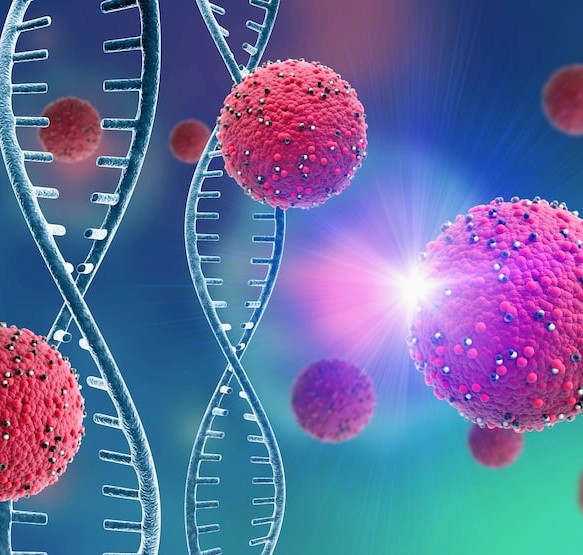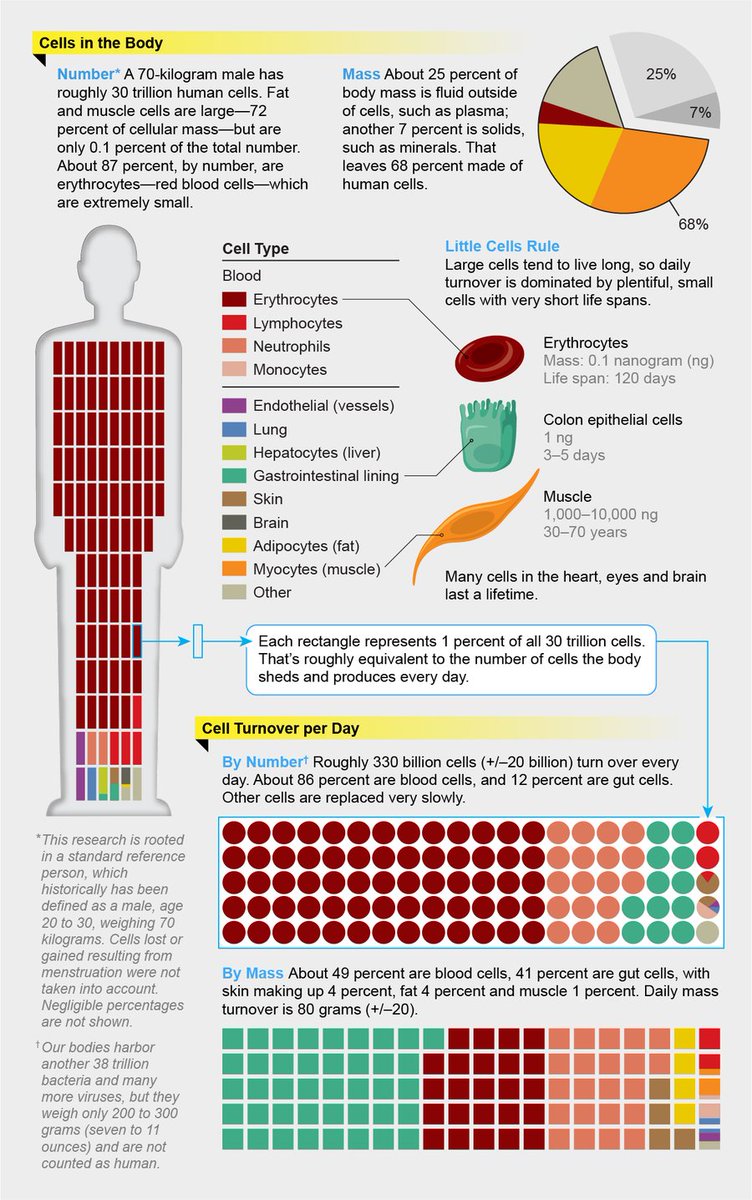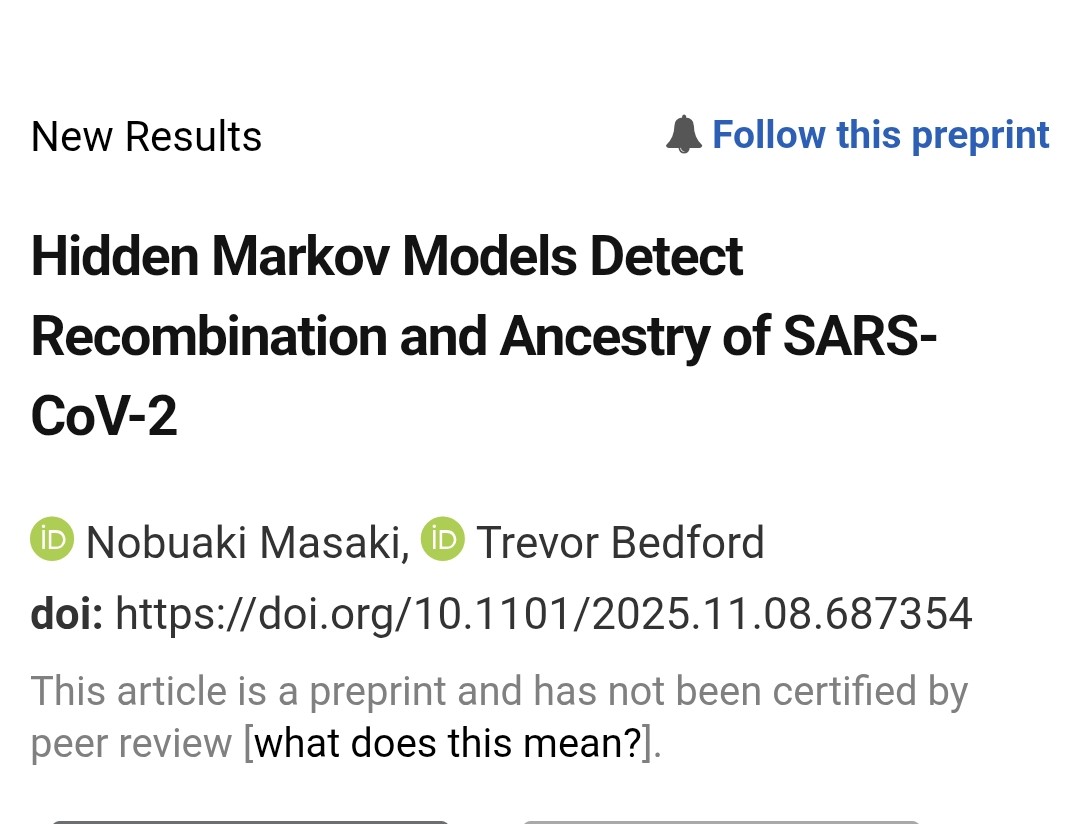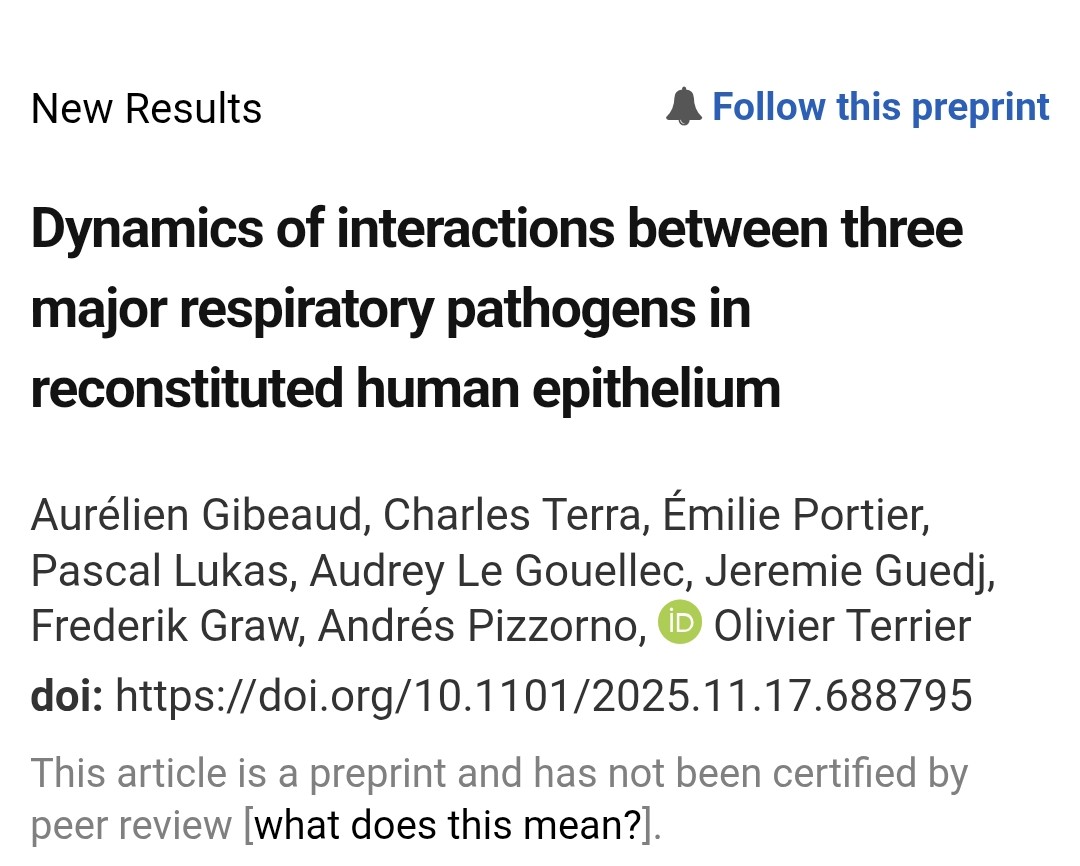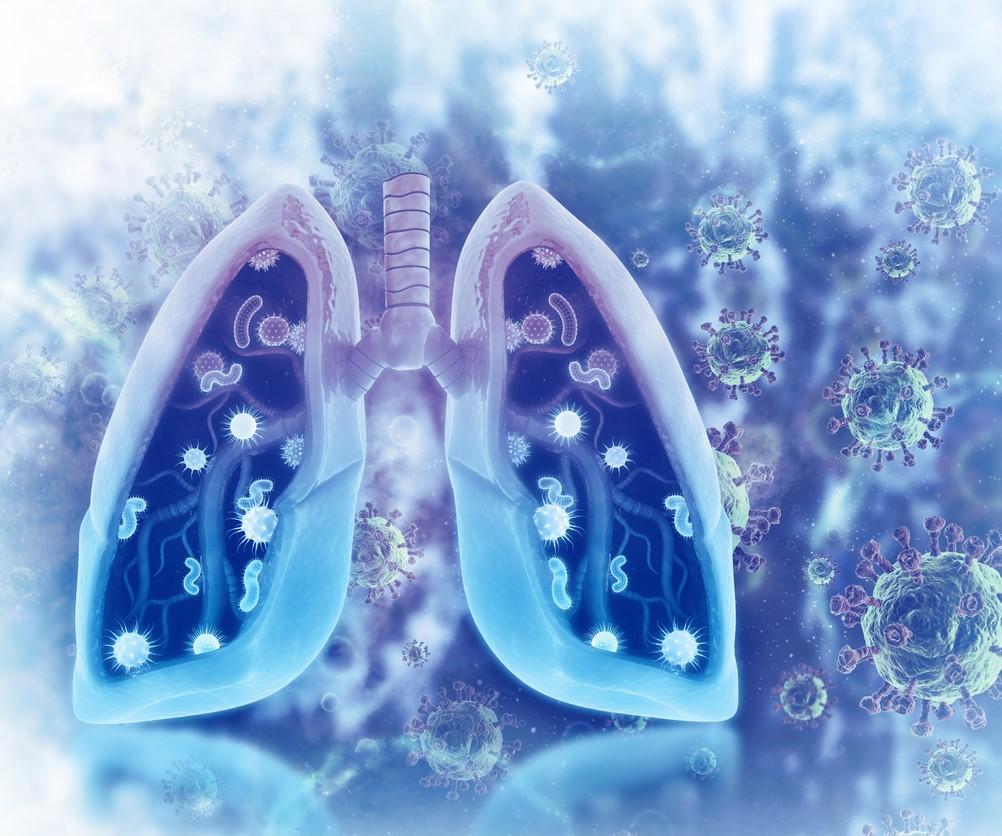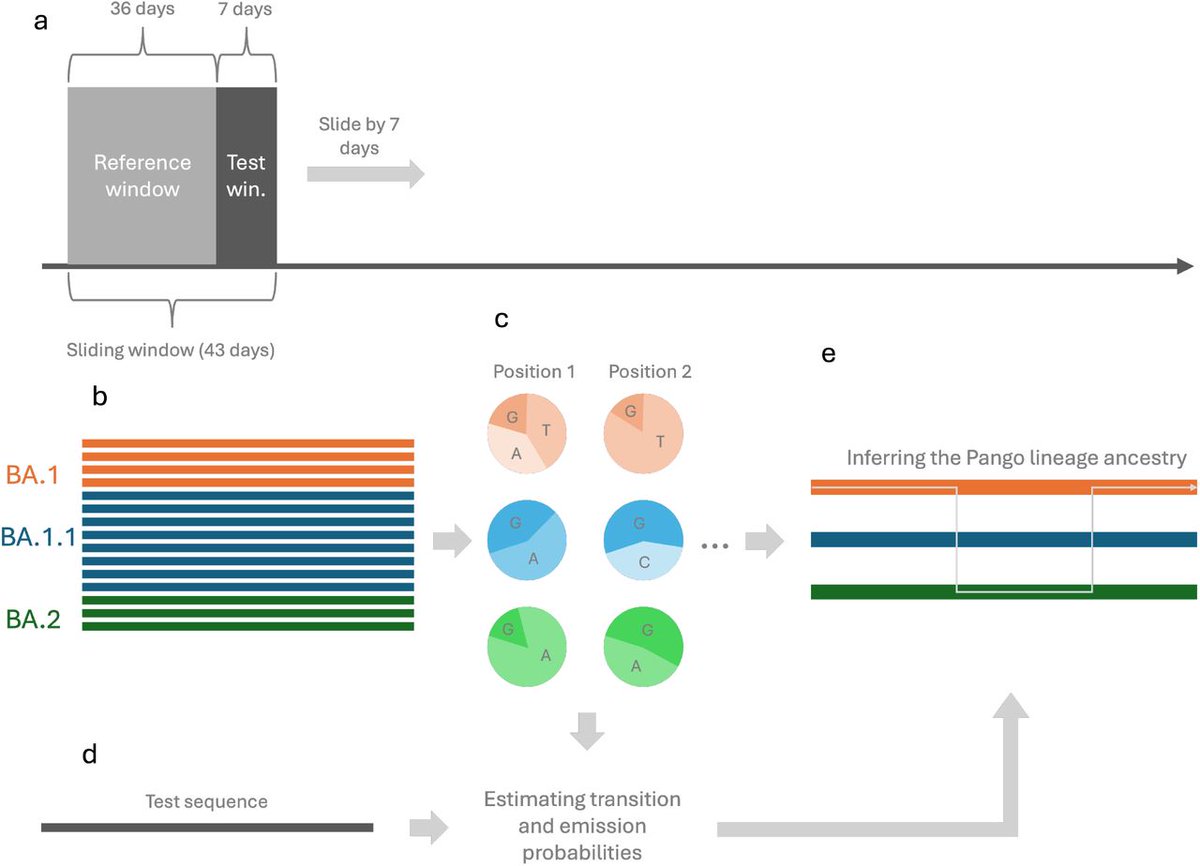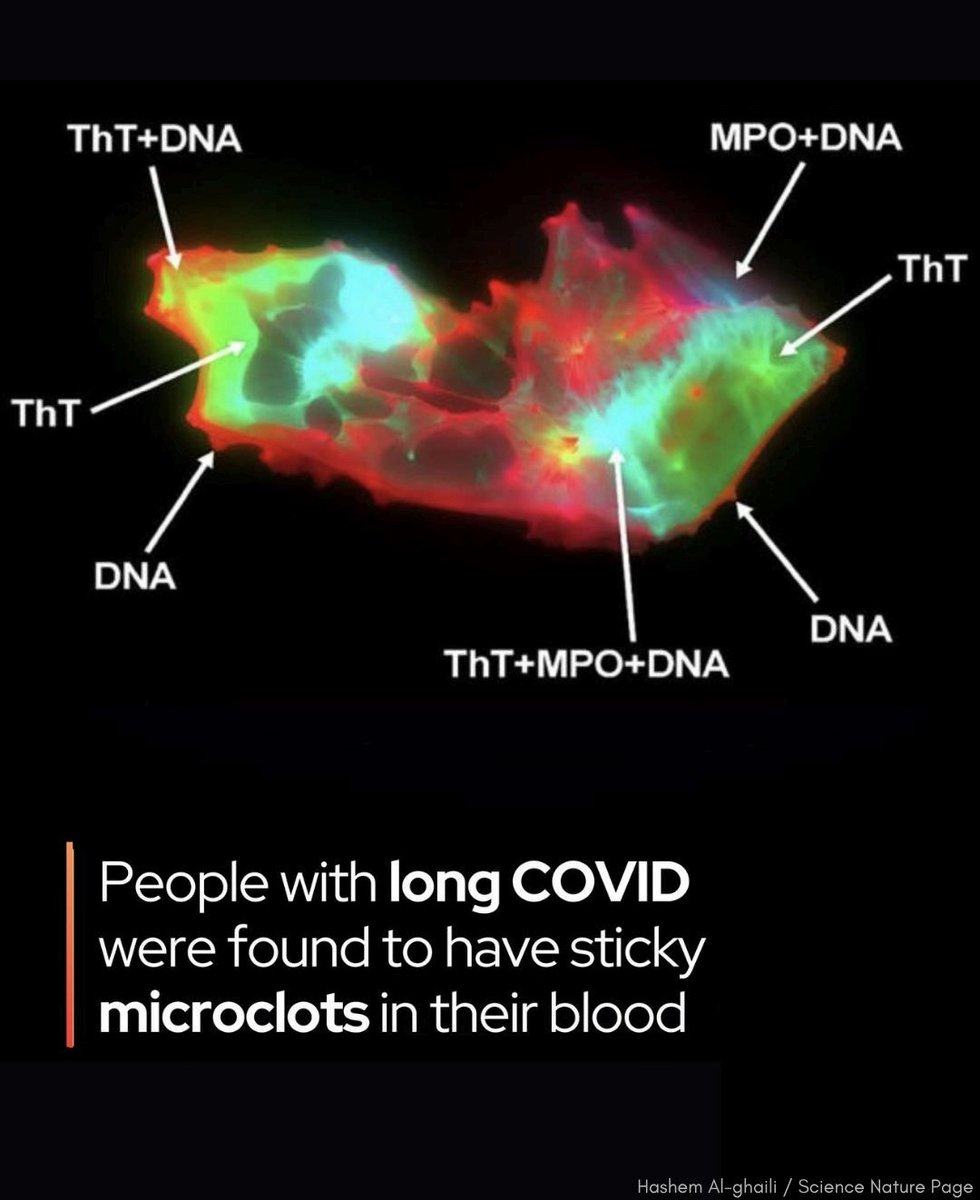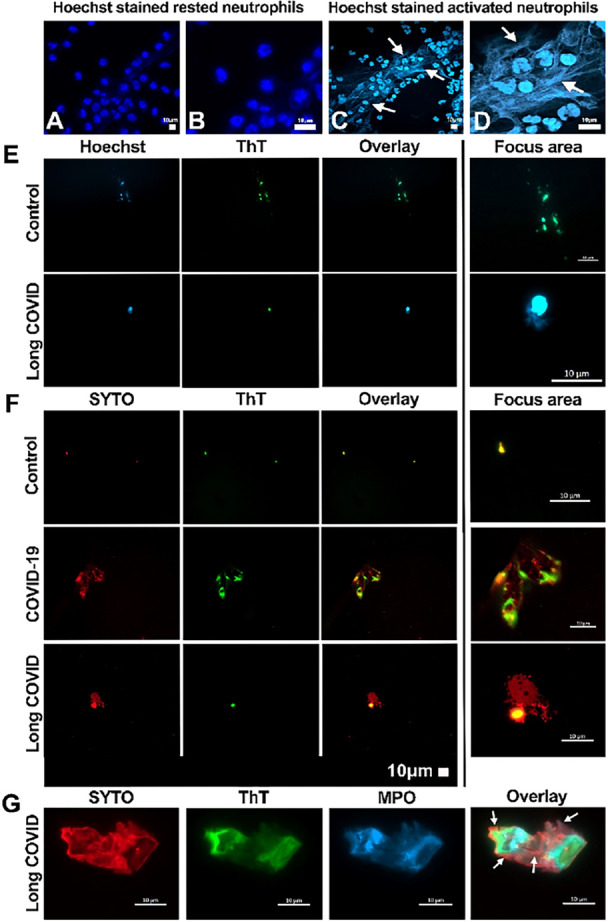"Long COVID is NOT THE SAME for EVERYONE: a hierarchical cluster analysis of Long COVID symptoms 9 and 12 months after SARS-CoV-2 test"
bmcinfectdis.biomedcentral.com/articles/10.11…

bmcinfectdis.biomedcentral.com/articles/10.11…

2) This study looked at the different types of long-term COVID-19 symptoms people experience. The researchers identified 4 main groups or "clusters" of symptoms:
- Mild or no symptoms - This was the largest group, with people having few or very minor lingering issues.
- Mild or no symptoms - This was the largest group, with people having few or very minor lingering issues.

3) - Multiple symptoms - People in this group had a wide range of ongoing problems, like fatigue, across different body systems. They tended to be older and have more pre-existing health conditions.
- Joint and muscle pain - This group mainly had joint and muscle aches ...
- Joint and muscle pain - This group mainly had joint and muscle aches ...

4) ...often along with fatigue.
- Memory and concentration problems - The main symptoms for this group were memory loss and difficulty concentrating.
The clusters were similar at 9 and 12 months after the initial COVID-19 infection ...
- Memory and concentration problems - The main symptoms for this group were memory loss and difficulty concentrating.
The clusters were similar at 9 and 12 months after the initial COVID-19 infection ...

5) ... though some symptom frequencies changed over time. This shows long COVID can affect people in very different ways, so treatments need to be tailored to the specific symptoms someone is experiencing.
Thanks for reading 🙏
Thanks for reading 🙏

• • •
Missing some Tweet in this thread? You can try to
force a refresh


